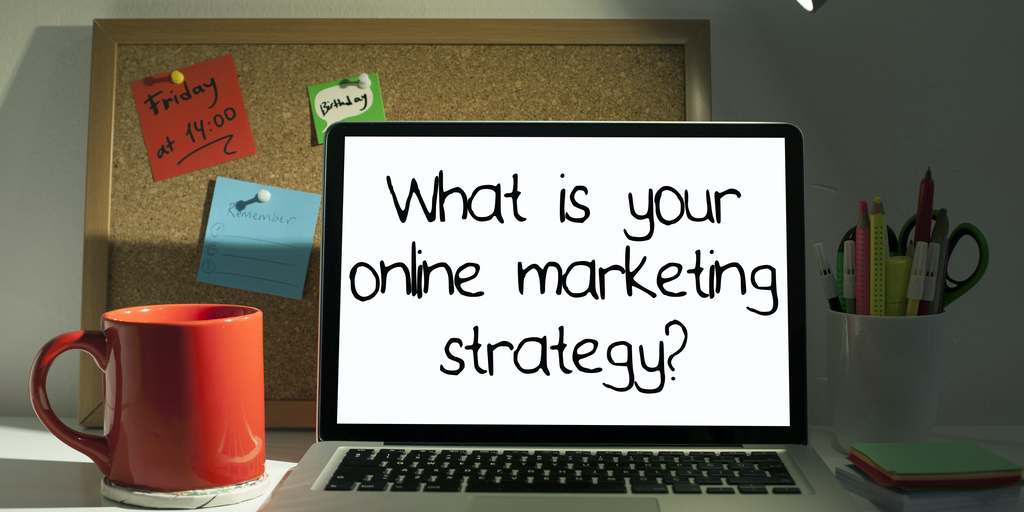How the Internet Works to Enhance Your Offline Relationships
Creating strong relationships with your audience both online and off is critical to a successful inbound marketing strategy.
3 min read
 Lisa Isbell
:
October 24, 2019
Lisa Isbell
:
October 24, 2019

The ability to grow and scale your business requires developing a comprehensive marketing plan with clear and concise steps. It means boiling things down to their basic components, seeing what already works, and then implementing strategies that help you progress toward your goals over a period of time .
In modern, measurable digital marketing, we call that leveraging processes and tools already in place to boost sales and ROI.
But what does it really mean to leverage what you already have? And how can you determine which tools best serve your vision?
If you’re worried that your brand is losing out to its more technically advanced competitors, you’re not alone. It’s a challenge all marketers face. How do you market to a tech-savvy audience, especially that part of the population that’s grown up with technology?
The good news is you probably already have some of the digital marketing assets you need to get started on a full-fledged digital marketing strategy. If you have an existing Twitter feed, Facebook page, website, blog, email strategy, or other marketing channel, they can be leveraged to better connect with your current and prospective customers.
Scalable marketing and sales strategies are key to growing your company in a sustainable way. And while the internet has greatly leveled the playing field, it’s also given birth to a lot more noise. Getting the attention of and reaching your audience is about more than a few growth hacks (though they serve their purpose).
Every year brands spend hundreds of thousands if not millions of dollars on acquiring customers. TV and radio ads, print media, pay-per-click, and other emerging strategies are funded with the hopes of improving audience engagement and loyalty.
Here are 4 ways to leverage your existing marketing tools to attract, engage, and retain new customers, beat your competition, and drive revenue.
Of course, there’s much more to successful digital marketing than leveraging what you already own. Marketing and sales alignment, creating the right new content, and building an effective nurturing process are all key to scaling and growth. But working with what you have is a terrific first step that can jumpstart your future success.

Creating strong relationships with your audience both online and off is critical to a successful inbound marketing strategy.

Manual marketing tasks require a lot of your valuable time. We know it can be difficult to hand someone else the keys to some of the most critical...

It wasn’t that long ago that experts were writing about Wal-Mart’s losing the online business game. Then, like now, the focus was on competition with...